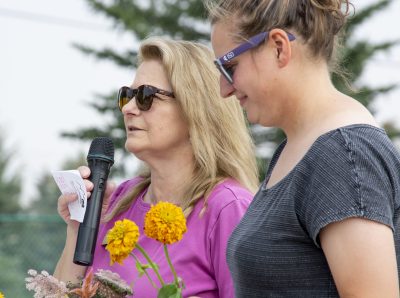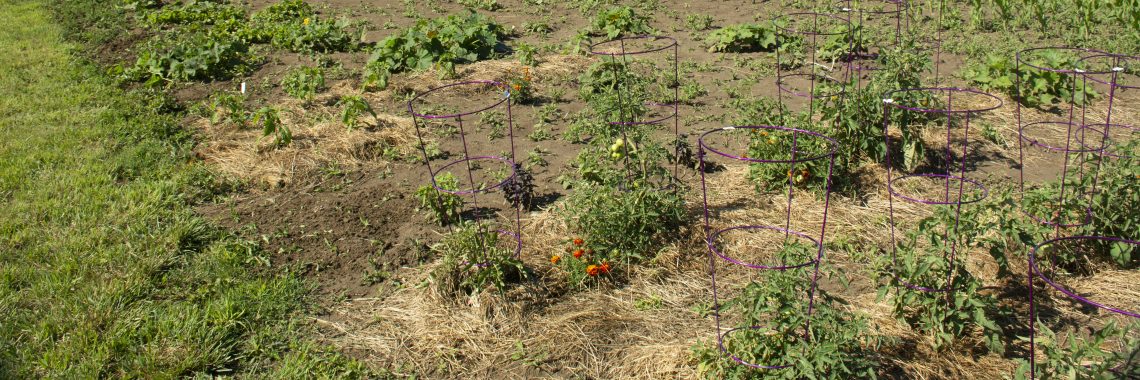
Beginning gardeners hoping to grow green thumbs by season’s end can access watering, weeding and other gardening information from the University of Wyoming Extension.
Extension horticulture specialist Karen Panter said most vegetables will require at least 1½ inches of water each week as they near maturity.
“There are no hard and fast rules for frequency of irrigation because of variations in weather, soil types and garden micro-climates,” she said. “Gardens growing in sandy soils will require more frequent watering than gardens in clay soils.”
Overhead sprinklers, drip irrigation and hand watering are the most common methods.
“Overhead sprinkler irrigation is satisfactory, but few gardeners know how much water they are applying with this method,” noted Panter in Gardening: Vegetables in Wyoming, B-1115. The publication is available at https://bit.ly/growing-vegetables-Wyoming. But, “Sprinkler irrigation wets leaves, which can lead to foliar disease problems,” she said.
Trickle or drip irrigation applies water at a slow rate through tubes set on the ground next to a row of plants.
“The foliage does not get wet, and the slow trickle allows water to penetrate and soak the area around the roots,” she said. “Trickle systems often use less water than other irrigation methods.”
Panter advised watering plants early in the morning.
“If overhead watering is used, morning irrigation will allow plant foliage to dry before darkness sets in,” she said. “If drip irrigation is used, the timing is not as critical, simply because the foliage will not get wet. Morning is still best, though, so the plants can utilize the water during the day.”
Using mulch helps maintain moisture and soil temperatures, reduces erosion and minimizes weed problems.
Organic mulch materials include grass clippings (provided they are herbicide- and seed-free), sawdust, straw, peat moss, woodchips, leaves and good quality compost.
When using organic materials, spread a 2- to 3-inch layer around the plants in mid-June, she said, and keep it in place through the growing season.
“Additional fertilizer will probably be needed, especially nitrogen, because using any of these materials may cause nutrient deficiencies to develop in vegetable plants. So, always fertilize when organic mulches are used.”
Keep weeds to a minimum in a garden.
“They often harbor pests and also compete with vegetable plants for water, light and nutrients,” said Panter.
UW Extension has created YouTube playlists for various gardening topics. Each list has several videos from extension resource experts. The playlists are:
Starting a garden: https://bit.ly/starting-a-garden
Soils and composting: https://bit.ly/soils-and-composting
Season extension: https://bit.ly/wyo-season-extension
Flowers and bulbs: https://bit.ly/flowers-and-bulbs
Vegetables and herbs: https://bit.ly/vegetables-and-herbs
Weed problems: https://bit.ly/wyo-weed-problems
For more gardening tips, go to the Wyoming Master Gardener website, http://www.uwyo.edu/mastergardener/, the Barnyards and Backyards gardening tab, https://bit.ly/BBGardening or search for gardening resources at https://www.wyoextension.org/publications/.





